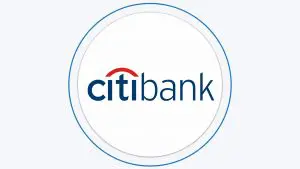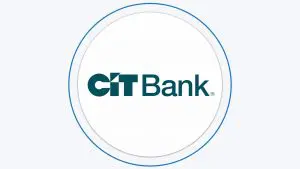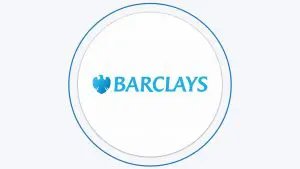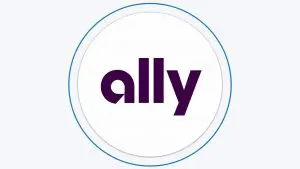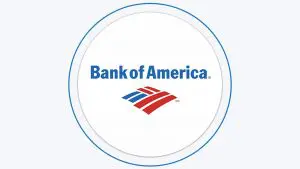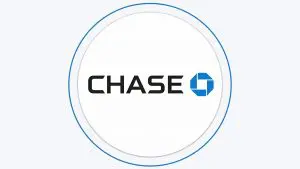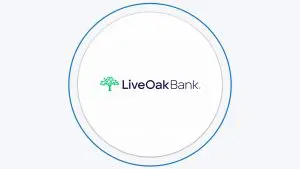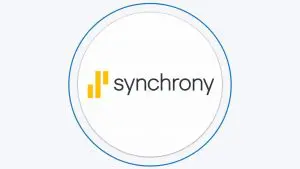Table Of Content
Individual Retirement Accounts (IRAs) are a popular retirement savings tool that many individuals use to build their retirement nest egg.
However, life circumstances can change, and you may find yourself needing to access some of your IRA funds before retirement. One question that may come to mind is whether it's possible to transfer your IRA funds to a savings account.
In this article, we will explore the answer to this question and provide you with some guidance on how to go about transferring your IRA to a savings account if it's possible.
Can I Transfer My IRA To A Savings Account?
The short answer is yes, you can transfer your IRA to a savings account. While this is not a quick and straight forward process such as moving money from checking to savings, there are two ways to do this:
-
Withdraw Part Or All Of Your Distributions
One method is to take a distribution from your IRA and then deposit it into your savings account. However, this method can trigger taxes and penalties if you're not careful.
The distribution will be considered taxable income, and you may owe income tax on it. Additionally, if you're under age 59 ½, you may be subject to the early withdrawal penalty.
-
Rollover Your IRA
This is a more complicated process, but it can be done if your IRA custodian does not offer direct transfers.
To do a rollover, you will need to open a new savings account and then contact your IRA custodian to request a rollover. They will send you a check made payable to your new savings account. You will then deposit the check into your new savings account.
However, this method requires careful planning and execution to avoid taxes and penalties. You must complete the rollover within 60 days to avoid taxes and penalties, and you may only do one rollover per year.

Things To Consider Before Making A Transfer
Before making a transfer from your IRA to a savings account, there are a few important things to consider:
Tax Implications: Withdrawals from traditional IRAs are typically taxable as income, and if you're under age 59 ½, you may be subject to an additional 10% early withdrawal penalty. Roth IRAs, on the other hand, may have different tax implications.
Transfer Fees: Some financial institutions may charge fees for transferring funds from an IRA to a savings account, make sure you understand any potential costs before initiating the transfer.
Opportunity Costs: Moving funds from an IRA to a savings account means that you're losing out on the potential for growth and compound interest that your retirement savings could have earned. Make sure you have considered all your options and understand the trade-offs before making a transfer.
Penalties: Make sure to follow all IRS rules and regulations regarding IRA withdrawals and transfers to avoid any potential penalties or fees.
Future Needs: If you're considering a transfer from your IRA to a savings account because you have an immediate need for funds, make sure you've considered all your options. You may be able to take a loan from your IRA or explore other options for generating cash flow.
- Consult with an expert: Especially if it's a large amount, it may be a good idea to consult with a financial advisor or tax professional before making any decisions regarding your retirement savings. They can help you understand the potential consequences of a transfer and provide guidance on the best course of action based on your unique financial situation.
Sign Up for
Our Newsletter
Pros and Cons
Transferring money from your IRA is a significant move when it comes to your financial future, and therefore it's recommended to carefully review the pros and cons before making a decision:
Pros | Cons |
|---|---|
Access to Funds | Tax Implications |
Lower Risk | Loss of Potential Growth |
Avoiding Required Minimum Distributions (RMDs) | Lower Returns |
Simplification of Accounts | Inflation Risk |
Protecting Your Savings | Future Needs |
- Access to Funds
Transferring funds from an IRA to a savings account can provide you with immediate access to cash, which can be useful in emergency situations or for short-term needs.
- Lower Risk
If you're concerned about the potential risk associated with investing in the stock market or other investments, transferring funds to a savings account can provide a lower risk option.
- Avoiding Required Minimum Distributions (RMDs)
If you're over the age of 72, you're required to take RMDs from your IRA each year. By transferring funds to a savings account, you can avoid these mandatory withdrawals and associated taxes.
- Simplification of Accounts
If you have multiple retirement accounts or investments, consolidating your funds into a savings account can simplify your finances and make it easier to manage your money.
- Protecting Your Savings
If you're worried about a potential economic downturn or market crash, transferring funds to a savings account can help protect your savings from potential losses.
- Tax Implications
Withdrawing funds from an IRA can result in taxes and penalties, which can significantly reduce the amount of money you receive from your retirement savings.
- Loss of Potential Growth
By transferring funds from an IRA to a savings account, you're losing out on the potential for growth and compound interest that your retirement savings could have earned.
- Lower Returns
Savings accounts typically offer lower interest rates than many other investment options, which means you'll likely earn less on your savings in the long run.
- Inflation Risk
If the rate of inflation is higher than the interest rate on your savings account, you may lose money in real terms over time. This is also relevant to IRAs.
- Future Needs
If you withdraw funds from your IRA now, you may be limiting your ability to meet future financial needs, especially if you're approaching retirement age.
How to Make the Transfer?
Depending on the method you chose, here are the steps to take to make the transfer:
-
Withdraw Part Or All Of Your Distributions
If you decide to take a distribution from your IRA and deposit it into your savings account, you will need to contact your IRA custodian and request the distribution. You can typically do this online or by phone.
You will need to specify the amount you want to withdraw and the account you want the funds to be deposited into.
-
Rollover Your IRA
If you decide to roll over your IRA into a checking account and then transfer the funds to your savings account, you will need to follow these steps:
Open a savings account: If you don't already have a savings account, you'll need to open one. You can do this online or at a local bank branch.
Contact your IRA custodian: Let your IRA custodian know that you want to roll over your IRA into a checking account. They will likely provide you with a form to complete and instructions on how to transfer the funds.
Complete the rollover forms: Once you receive the form from your IRA custodian, fill it out completely and accurately. You'll need to specify the amount you want to roll over and the account you want the funds to be deposited into.
- Get Your Check: Your IRA custodian will send you a check made payable to your new savings account. You have 60 days from the date you receive an IRA or retirement plan distribution to roll it over to another plan or IRA.
- Deposit: Deposit the check into your new savings account. You may need to provide your new savings account information to your IRA custodian.
FAQs
Can you avoid the early withdrawal penalty?
No, you cannot avoid the early withdrawal penalty by transferring IRA funds to a savings account. You may still owe income taxes and may be subject to the penalty if you're under age 59 ½.
What are the tax implications of transferring my IRA to a savings account?
Generally, an early withdrawal penalty is a fee assessed by the IRS when you withdraw funds from your IRA before age 59 ½. The penalty is 10% of the withdrawal amount, in addition to any income taxes owed.
Can you do more than one IRA rollover per year?
No, you may only do one IRA rollover per year. If you do more than one, the additional rollover(s) will be considered taxable income and may be subject to the early withdrawal penalty.
How can you find a savings account with a high-interest rate?
You can compare savings accounts from different banks and look for accounts with high-interest rates. Online banks and credit unions may offer higher rates than traditional brick-and-mortar banks.
What happens to my IRA investments when I transfer them to a savings account?
When you transfer your IRA to a savings account, your investments will be sold and the proceeds will be deposited into your new savings account. You will then be able to invest your money in the savings account.

